Today, in which screens are the norm but the value of tangible printed materials hasn't faded away. For educational purposes or creative projects, or simply adding a personal touch to your home, printables for free are now an essential resource. We'll take a dive through the vast world of "History Of Weaving," exploring the different types of printables, where to find them and how they can be used to enhance different aspects of your life.
Get Latest History Of Weaving Below
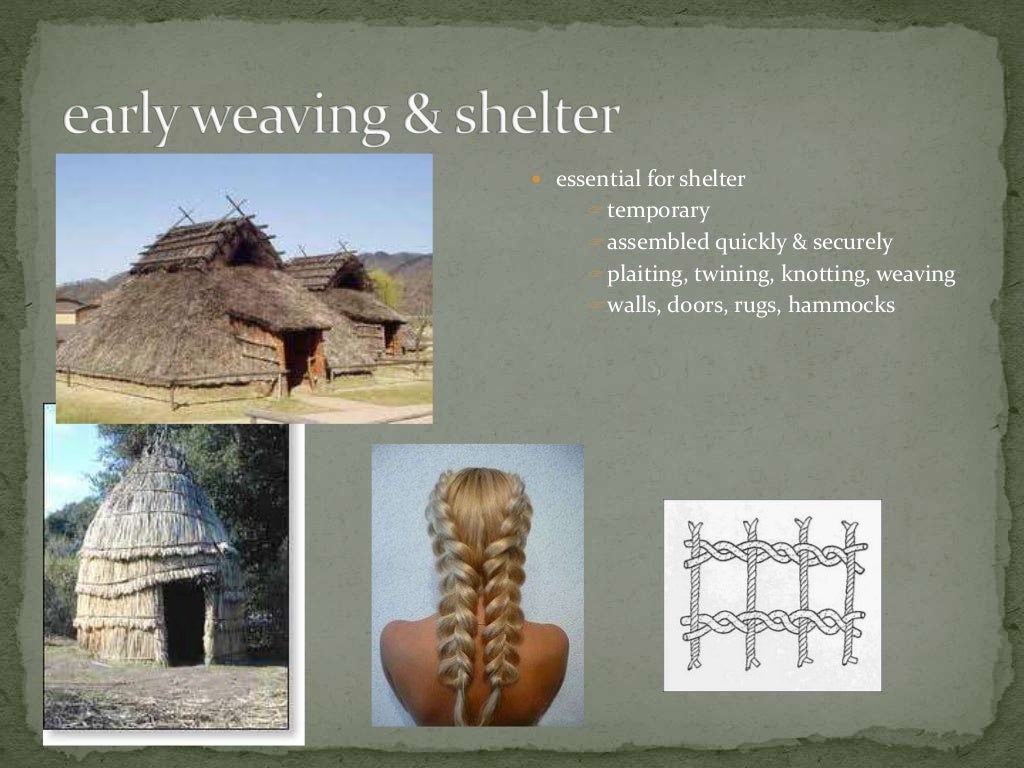
History Of Weaving
History Of Weaving -
The tradition of weaving traces back to Neolithic times approximately 12 000 years ago Even before the actual process of weaving was discovered the basic principle of weaving was applied to interlace branches and twigs to create fences shelters and
Humans know about weaving since Paleolithic era Flax weavings are found in Fayum Egypt dating from around 5000 BC First popular fiber in ancient Egypt was flax which was replaced by wool around 2000 BC By the beginning of counting the time weaving was known in all the great civilizations
History Of Weaving encompass a wide array of printable material that is available online at no cost. They are available in a variety of designs, including worksheets templates, coloring pages and more. The value of History Of Weaving lies in their versatility as well as accessibility.
More of History Of Weaving
Patola Weavers Patan The Historic City Of Patan Is Famou Flickr

Patola Weavers Patan The Historic City Of Patan Is Famou Flickr
Uncover the rich history of weaving on looms and how this groundbreaking invention has shaped human civilization inspired artistic expression and driven global economies Learn more about its timeless power from ancient times to the modern day with Thula Tula
However the Science History Institute has in its collections The Story of Ramie from Seed to Finished Garment ca 1820 1870 five albums of watercolor paintings from Qing China that visually document the entire process of ramie production from planting to making clothes
History Of Weaving have gained a lot of popularity for several compelling reasons:
-
Cost-Effective: They eliminate the necessity of purchasing physical copies of the software or expensive hardware.
-
Flexible: This allows you to modify the templates to meet your individual needs such as designing invitations for your guests, organizing your schedule or decorating your home.
-
Educational Worth: Printables for education that are free can be used by students of all ages, which makes the perfect tool for teachers and parents.
-
Convenience: You have instant access a plethora of designs and templates saves time and effort.
Where to Find more History Of Weaving
History Of Weaving
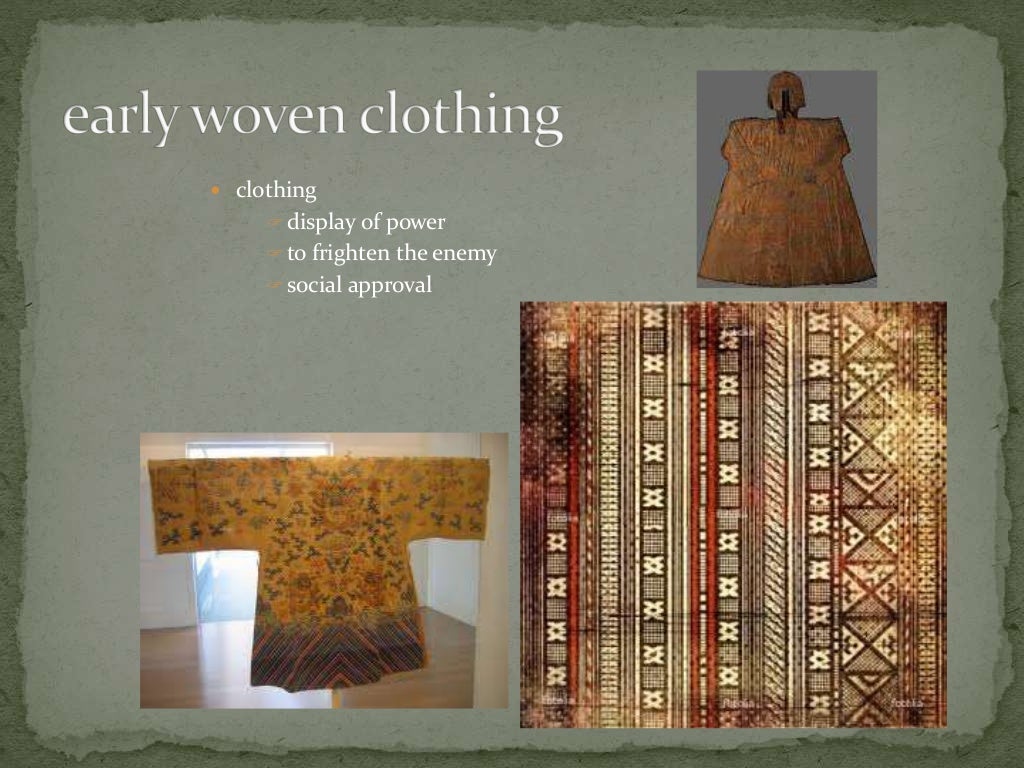
History Of Weaving
Weaving is a method of textile production in which two distinct sets of yarns or threads are interlaced at right angles to form a fabric or cloth Other methods are knitting crocheting felting and braiding or plaiting
Learn about the history of weaving including the invention of the first mechanical loom in 1785 and explore the differences between twill satin and jacquard weaves
After we've peaked your curiosity about History Of Weaving Let's take a look at where they are hidden treasures:
1. Online Repositories
- Websites like Pinterest, Canva, and Etsy offer an extensive collection of History Of Weaving suitable for many motives.
- Explore categories like decoration for your home, education, organisation, as well as crafts.
2. Educational Platforms
- Forums and educational websites often provide free printable worksheets, flashcards, and learning materials.
- Perfect for teachers, parents as well as students who require additional resources.
3. Creative Blogs
- Many bloggers post their original designs and templates for no cost.
- These blogs cover a wide range of interests, that includes DIY projects to party planning.
Maximizing History Of Weaving
Here are some fresh ways to make the most use of History Of Weaving:
1. Home Decor
- Print and frame gorgeous artwork, quotes or seasonal decorations to adorn your living areas.
2. Education
- Print free worksheets to build your knowledge at home as well as in the class.
3. Event Planning
- Create invitations, banners, as well as decorations for special occasions such as weddings, birthdays, and other special occasions.
4. Organization
- Stay organized by using printable calendars for to-do list, lists of chores, and meal planners.
Conclusion
History Of Weaving are a treasure trove of practical and imaginative resources that can meet the needs of a variety of people and pursuits. Their access and versatility makes them an essential part of both professional and personal life. Explore the world of History Of Weaving today to unlock new possibilities!
Frequently Asked Questions (FAQs)
-
Are printables for free really absolutely free?
- Yes you can! You can download and print these resources at no cost.
-
Do I have the right to use free printables for commercial uses?
- It's contingent upon the specific rules of usage. Always review the terms of use for the creator before utilizing printables for commercial projects.
-
Do you have any copyright rights issues with printables that are free?
- Some printables may contain restrictions regarding their use. You should read these terms and conditions as set out by the creator.
-
How can I print History Of Weaving?
- You can print them at home using an printer, or go to an area print shop for higher quality prints.
-
What program will I need to access printables for free?
- Many printables are offered in the format of PDF, which can be opened using free programs like Adobe Reader.
History Of Weaving

History Of Weaving
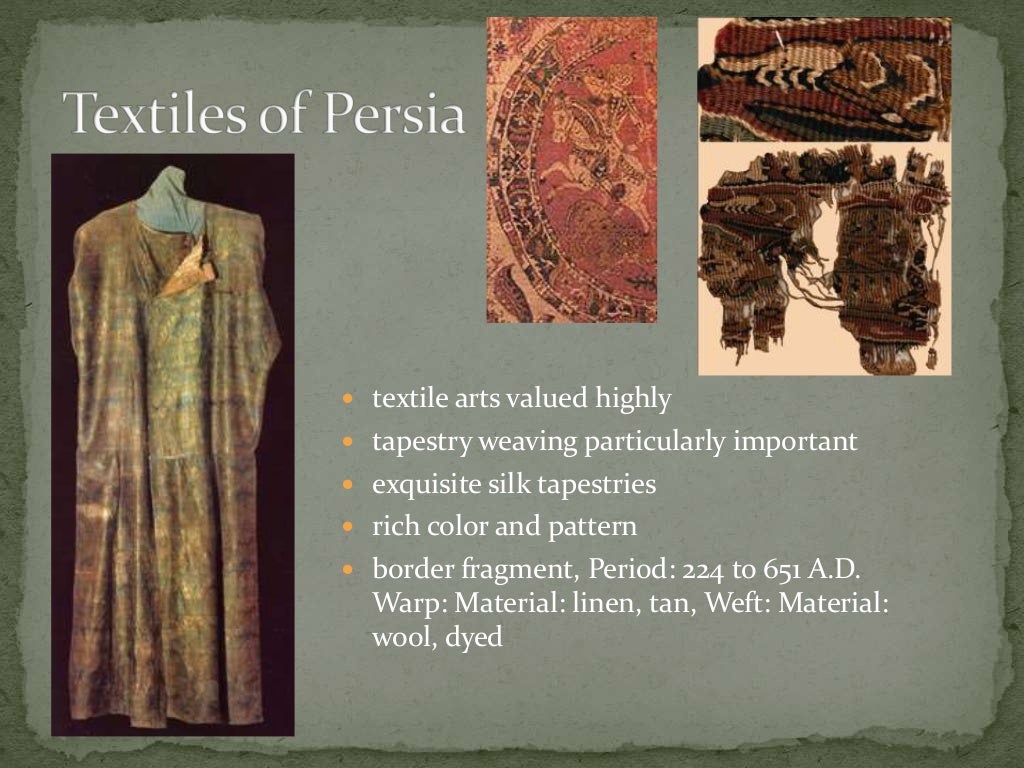
Check more sample of History Of Weaving below
Fashion Archives A Look At The History Of The Weaving Loom
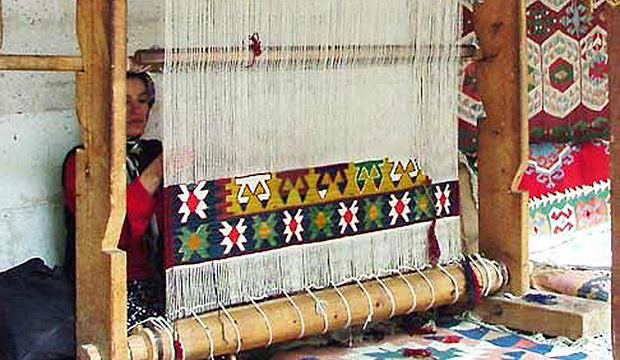
History Of Weaving
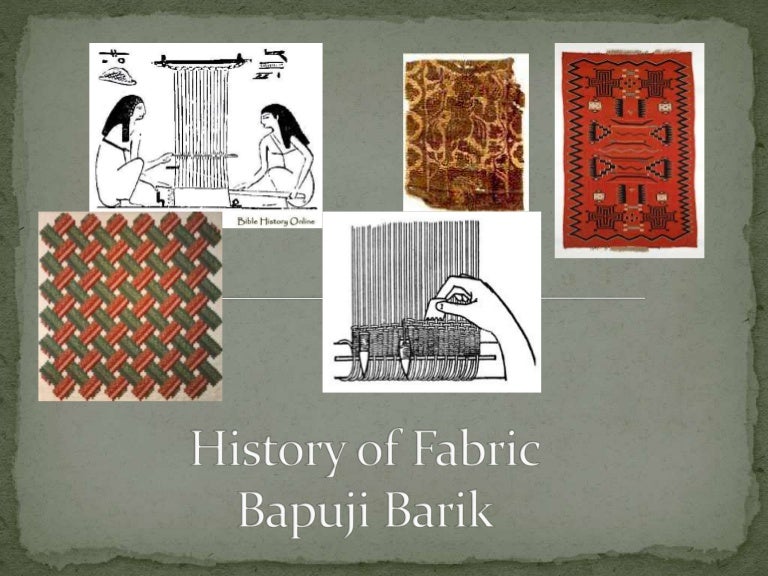
History Of Weaving

History Of Weaving

History Of Weaving Early Hand Weaving Quatr us Study Guides
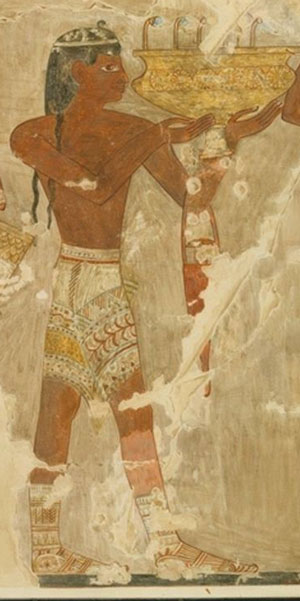
History Of Weaving Weaving In Ancient World
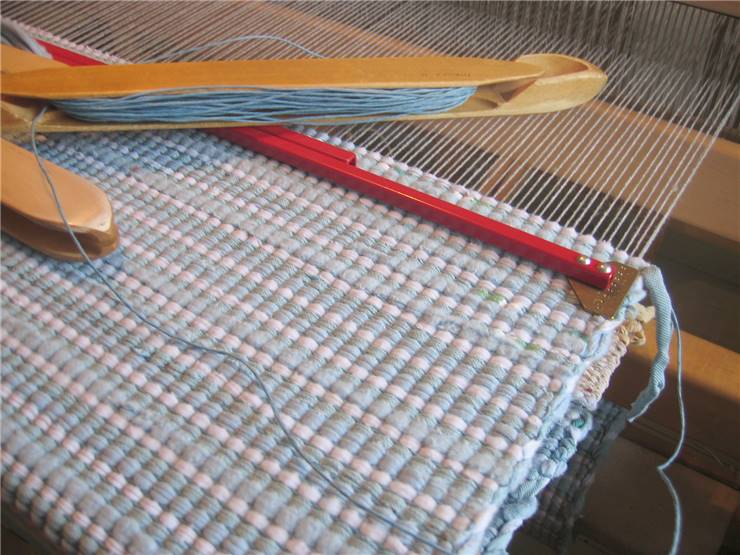

http://www.historyofclothing.com/making-clothing/history-of-weaving
Humans know about weaving since Paleolithic era Flax weavings are found in Fayum Egypt dating from around 5000 BC First popular fiber in ancient Egypt was flax which was replaced by wool around 2000 BC By the beginning of counting the time weaving was known in all the great civilizations

https://www.artemorbida.com/brief-history-of-weaving
Archaeological evidence points to a general diffusion of weaving and spinning that suggests a knowledge of natural and vegetable fibers the Egyptians were distinguished by their ability to spin and then weave linen Indians and Peruvians created the first cotton fabrics Mesopotamia produced wool fabrics the Chinese were the first to
Humans know about weaving since Paleolithic era Flax weavings are found in Fayum Egypt dating from around 5000 BC First popular fiber in ancient Egypt was flax which was replaced by wool around 2000 BC By the beginning of counting the time weaving was known in all the great civilizations
Archaeological evidence points to a general diffusion of weaving and spinning that suggests a knowledge of natural and vegetable fibers the Egyptians were distinguished by their ability to spin and then weave linen Indians and Peruvians created the first cotton fabrics Mesopotamia produced wool fabrics the Chinese were the first to

History Of Weaving

History Of Weaving

History Of Weaving Early Hand Weaving Quatr us Study Guides

History Of Weaving Weaving In Ancient World
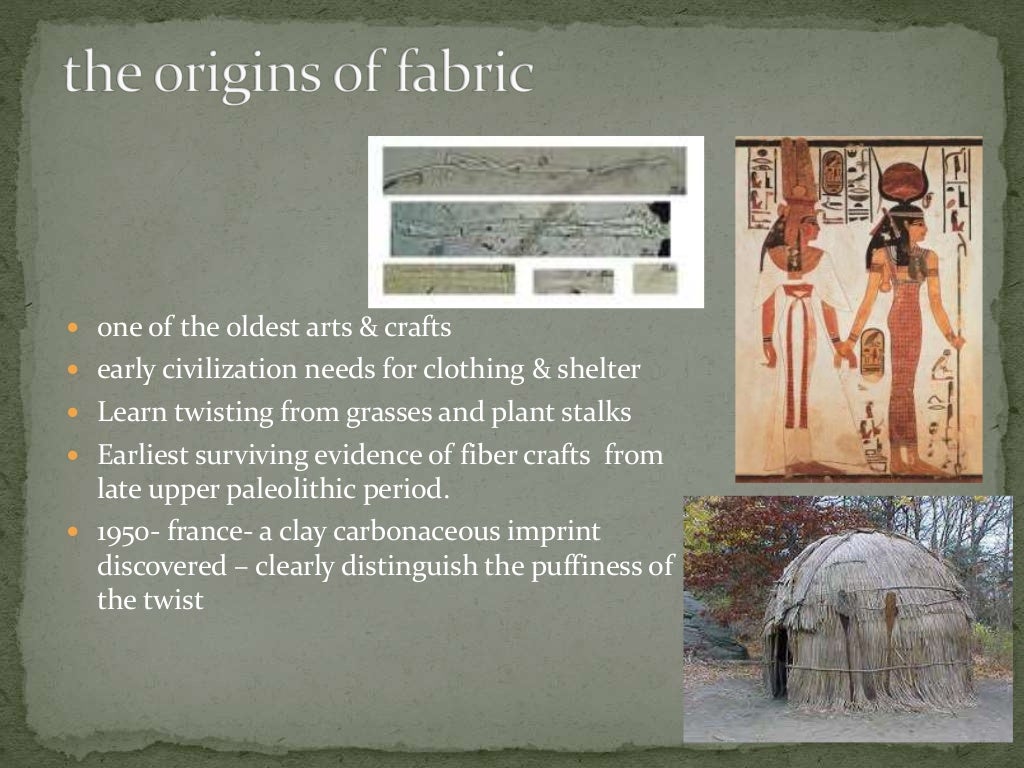
History Of Weaving

The History Of Weaving And The Textile Industry The Scrubba Wash Bag

The History Of Weaving And The Textile Industry The Scrubba Wash Bag
What Is Weaving A Short History Of Weaving Textile Apex